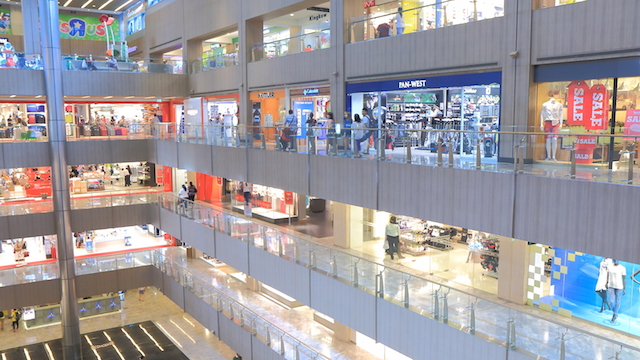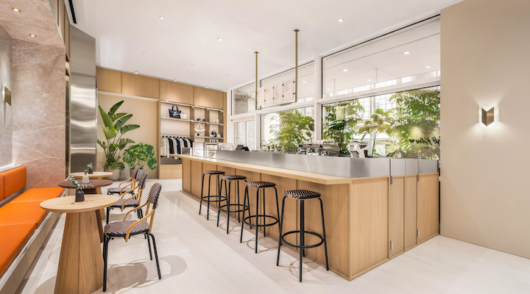Asian cities dominate the top 10 cities in the global mall development pipeline, according to the latest report of commercial real-estate services firm CBRE.
The amount of shopping centre space currently under construction has continued to grow, reaching 41.9 million sqm last year from 39 million sqm in 2014, with Asian cities dominating all top 10 most-active global markets, according to the latest report of international commercial real-estate services firm CBRE.
Measuring shopping-centre development in 168 major cities, the report shows that China is still the most active market in terms of delivering new space, accounting for two-thirds of construction globally.
Chengdu, Chongqing, Shanghai and Shenzhen all have more than 3 million sqm of space under construction in 30-plus projects in each city.
Across Asia Pacific, new development is active in 34 of the 41 cities surveyed, totalling 34.8 million sqm. Outside of China, activity in India and Thailand is also robust. Bangkok is the only other market in Asia within the top 10 most-active development markets, with 1.7 million sqm of space under construction.
Across the board, the completion of shopping centres globally has started to slow as parts of the retail market experience an imbalance between supply and demand. Globally, 10.6 million sqm of space opened last year, down from 12.1 million sqm in 2014.
Asia Pacific is again the most active in terms of completions, with 7.8 million sqm coming on line last year – dominated by China, which accounts for more than 6 million sqm of new space. Wuhan had the largest volume of completions globally, with nearly 800,000 sqm., while in India, New Delhi’s completion of the DLF Mall in Noida ranked as the largest shopping centre to open in Asia Pacific this year with a total area of 183,948 sqm.
“Shopping-centre development remains active across Asia, yet the notable change we see is the slowdown of completions, typically in markets where there are already high levels of saturation and weakening demand,” says CBRE Asia senior director and head of retailer representation Joel Stephen.
“The large volume of new supply, complemented by the growth of eCommerce, will make it challenging for landlords to attract and retain quality tenants, especially in China where supply will be most abundant. With competition becoming more fierce, landlords’ operational expertise will be the key to success.
Retailtainment – which includes experiential retailing, food and beverage, and leisure services – is the driving force in attracting footfall to shopping centres and increasing shoppers’ dwell time,” says Stephen.
“Landlords are advised to reinvent their shopping centres to become the ideal place for leisure and social activities. This process, often called ‘placemaking’, will require landlords to invest in events, marketing and the quality of operation, as well as restructuring their tenant mix, to align with shopping trends appropriate for their catchment.”
Based on 168 cities globally, the survey focused on centres larger than 20,000 sqm, and excluded retail warehousing and factory outlet centres.








